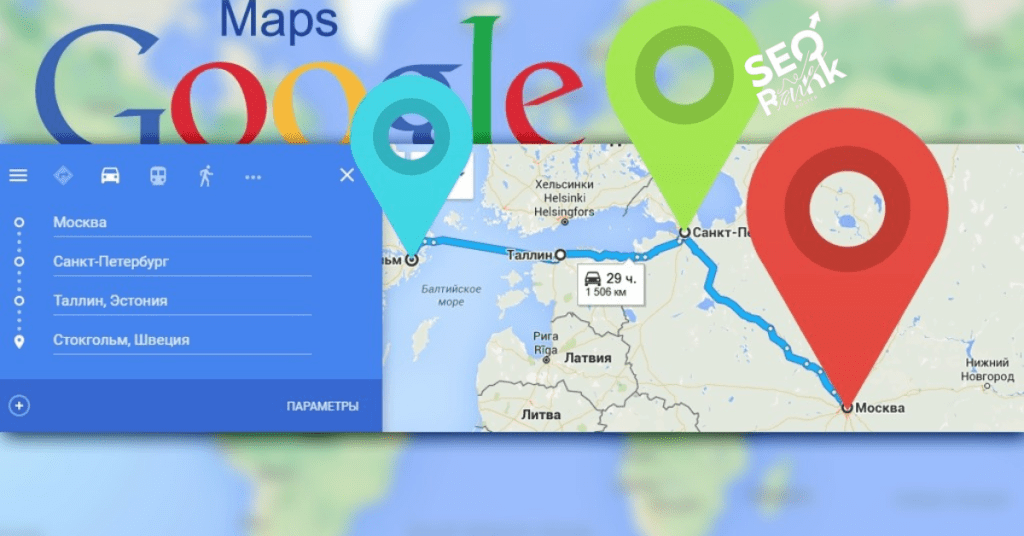Table of Contents
ToggleThe Evolution of Localized SERPs
In the early days of search engines, results were often generic, lacking the nuance needed to cater to users’ specific locations. As search technology evolved, the importance of delivering localized results became apparent. Localized search engine results pages (SERPs) have since transformed how businesses reach their audience. Today, when users search for products or services, search engines like Google prioritize results relevant to their geographic area. This shift has made it easier for local businesses to connect with potential customers right in their vicinity.
Crafting Winning Service Area Pages
Service area pages are essential for any business looking to capitalize on localized search traffic. These pages detail the specific geographic areas a business serves, making it easier for search engines to match them with local queries. Here’s how to create effective service area pages:
- Include Local Keywords: Use keywords relevant to each specific area you serve. For example, if you’re a plumber in Austin, Texas, include terms like “Austin plumbing services” and “plumber in Austin.”
- Detailed Descriptions: Provide comprehensive information about your services in each area. Highlight what makes your services unique and beneficial to local customers.
- Customer Testimonials: Including reviews from customers in the area can build trust and credibility. Highlight positive experiences to encourage new clients.
- Visual Content: Use images and videos showcasing your work in the local area. Visual content can make your page more engaging and informative.
Overcoming Challenges with Service Area Pages
Creating and maintaining service area pages comes with its own set of challenges:
- Content Duplication: One common mistake is using the same content across multiple service area pages. This can hurt your SEO. Ensure each page has unique and specific content tailored to the area.
- Regular Updates: Keeping content fresh and relevant can be time-consuming but is crucial for maintaining SEO rankings. Schedule regular updates to add new information, customer reviews, and images.
- Technical SEO: Proper URL structure, metadata, and mobile optimization are essential. Ensure your URLs are clear and descriptive, metadata is optimized with local keywords, and pages are mobile-friendly.
Prioritizing Service Area Pages for Maximum Impact
To maximize the impact of your service area pages, prioritize them in your overall SEO strategy:
- Local Keyword Research: Conduct thorough research to identify the most relevant local keywords. Use tools like Google Keyword Planner or Ahrefs to find terms your potential customers are searching for.
- On-Page SEO: Optimize each service area page with well-structured headers, engaging meta descriptions, and local keywords. Ensure the content is informative and user-friendly.
- Link Building: Acquire backlinks from local websites, directories, and blogs. High-quality backlinks can boost your page authority and improve search rankings
- Google My Business: Optimize your Google My Business listing with accurate information, engaging photos, and regular updates. Encourage satisfied customers to leave positive reviews.
The Converting Power of Localized Pages
Localized pages have the power to convert visitors into customers effectively. Here’s why:
- Relevance: By providing information tailored to a specific geographic area, localized pages meet the immediate needs of local users. This relevance increases the likelihood of conversion.
- Trust and Credibility: Local testimonials and reviews build trust with potential customers. Seeing positive feedback from others in their area can encourage users to choose your services.
- Clear Calls to Action: Include clear and compelling calls to action on your service area pages. Guide users towards making a decision, whether it’s calling for a consultation, booking an appointment, or requesting a quote.
- Enhanced User Experience: Localized pages that are well-designed and easy to navigate provide a better user experience. Happy users are more likely to become paying customers.
FAQs
What Are Localized SERPs?
Localized SERPs are search engine results customized based on the user’s geographic location, providing relevant local information.
How Do Service Area Pages Help in SEO?
Service area pages help improve local SEO by providing search engines with detailed information about the specific areas a business serves.
What Are the Best Practices for Creating Service Area Pages?
Best practices include using local keywords, providing detailed descriptions, and including customer testimonials.
How Often Should Service Area Pages Be Updated?
Service area pages should be updated regularly to ensure the content remains relevant and accurate.
Conclusion
Localized SERPs and service area pages are crucial for any business aiming to enhance its local SEO and attract more customers. By understanding their evolution, crafting effective pages, overcoming common challenges, and prioritizing these pages in your strategy, you can harness their converting power to grow your business. Start optimizing your local SEO today and watch your local presence and customer base expand.


